
The Heat Is On - Tailored Temperatures for Newborn Puppies and Kittens

An incubator can be lifesaving if you experience puppies/kittens that are:
Premature - Prematurity results in hypothermia due to lack of development of hair, body condition and the central nervous system.
SGA (small for gestational age) - puppies and kittens smaller than normal birthweight are prone to hypothermia due to having a smaller body surface area as well as lacking in body fat.
Losing weight - Once again, low body fat contributes to hypothermia.
Failing to thrive/fading - Fading syndrome is a myth which has long been dispelled. Fading puppies and kittens are essentially puppies and kittens that are going downhill. If the cause is not identified and treated, they can develop hypothermia and other complications which leads to "fading" which is a symptom rather than a syndrome.
Orphaned - New-borns without a mother need an additional heat source to survive.
Canine Herpes Virus- In order to kill this virus the environmental temperature should be increased to 33-35°C over several hours at a time. This treatment should be implemented using a digitally controlled incubator and thermometer to check the puppies temperature as overheating for long periods risks organ damage.
What temperature should I set my incubator?
I'm afraid this is one of those questions that doesn't have a simple answer. Before going into guidelines of incubator temperatures, just remember, this is not gospel! It's really important to check your puppy or kitten's temperature and use that as your guide (normal rectal temperature for puppies and kittens below 3 weeks of age is around 35.5-37.5°C.)
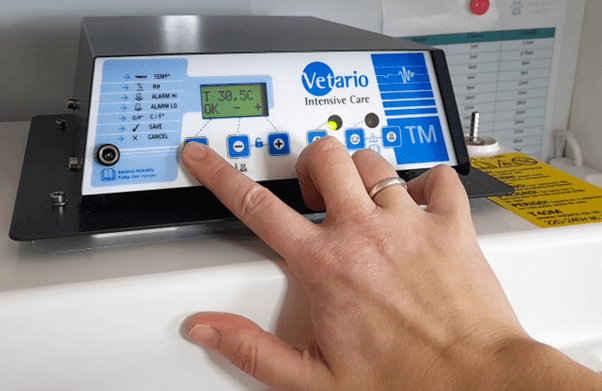
As for what temperature to set the incubator, 29-31°C is what is usually recommended. You can find temperature guidelines here. However, the truth is that environmental temperature requirements for puppies and kittens vary depending on their breed, health and body condition. As listed at the start of this blog, a litter of new-born puppies that have been born prematurely will definitely require higher environmental temperatures than standard recommendations. This is due to reduced body hair/fat and the fact they have poor CNS (central nervous system) development which helps in managing thermoregulation.

Even if you use a heat pad for these individuals, this is providing surface heat only. Subsequently, their bodies will need turning regularly to ensure they are being evenly warmed. Call me an incubator snob but I'm not keen of the rotisserie style warming technique! These individuals fair much better in an incubator with ambient warming; air which circulates the distribution of heat evenly.
Usually, the neonates that are handed to me for hand-rearing are already in a bad way. As a result, the general setting of 29-31°C is taken with a pinch of salt. Although it's worth mentioning, I always start off with these settings. Why if they generally need higher temperatures? Since it is much safer to warm hypothermic neonates gradually. If the body temperature is raised more than 2°C per hour, organ damage can occur. When warming, we should be aiming to increase their temperature by approximately 1 degree every hour, which is another reason why checking the body temperature of neonates during periods of instability is more than useful. E. Peterson, M (2010)
In most cases, neonates that are failing to thrive require higher temperatures until their condition has stabilised and they start gaining weight. This is adjusted depending on how the individual is presenting. The highest temperature I have needed to increase my incubator was to 36°C. This was for some puppies that were severely underweight and suffering from sepsis (see picture below). It is something which requires careful monitoring and alteration to establish the temperature at which your puppy or kitten is comfortable and warm enough to digest food, yet not too warm that they risk overheating, which could lead to dehydration and potential organ failure.
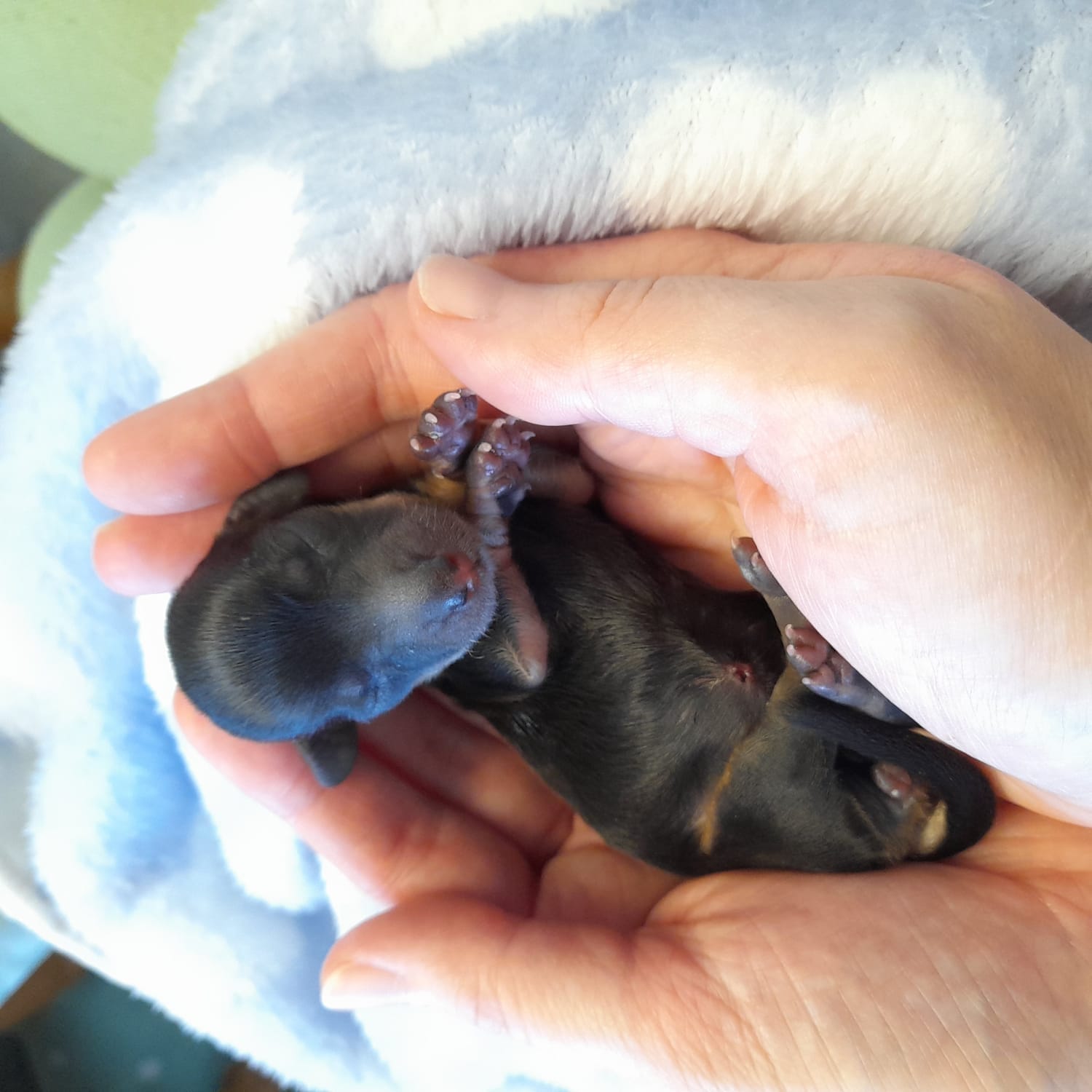
An incubator allows you to make these fine adjustments to their environment, thereby maintaining this delicate equilibrium which keeps this fine balance in order. The result? Far more control and reassurance over the temperature which means quicker recovery of new-borns, and more lives saved. I can 100% guarantee that I would not have the success rate of hand-rearing that I currently have without my incubators.
When I first started hand-rearing, I wasn't fortunate enough to have access to an incubator. In the past, a heat pad was the only option available to me, and this works for many. With that being said, once you use an incubator, you'll never want to use a heat pad for vulnerable new-borns again. I would always worry if they were warm enough; constantly making sure they were tucked up in blankets to protect them from draughts. This situation becomes more of a challenge when neonates crawl away from heat pad, which they may do if they are too warm. Though they can also do this when they are in the depths of hypothermia (almost as if their body has accepted its fate). An incubator prevents this occurrence in the first instance, ensuring the neonate will be warmed despite their physiological state telling them to give up.
As for heat lamps, I've never been a fan due to the drying atmosphere they create and the fact you can't tailor the temperature to suit your neonates requirements with the same precision s an incubator. New-borns rely on higher levels of 55-60% humidity in the first week L. Greer, M (2014), and the use of heat lamps effectively eliminates this crucial aspect of their care. Neonatal puppies and kittens also have roughly double the fluid requirements of adults. Unfortunately, this means the use of a heat lamp leads to dehydration in neonates as well as drying out their skin and mucosal secretions, all of which negatively impact their health. Premature neonates depend on even higher levels of humidity to prevent atelectasis (airway collapse) due to their underdeveloped lungs. Therefore, a heat lamp would not support a good prognosis for premature neonates which is why I tend to steer clear. Of course in an emergency, a heat lamp is better than no heat at all and does the job of treating hypothermia, but for long-term use I would seek an alternative that is more conducive in promoting neonatal health.
Certain incubator manufacturers, including Vetario, integrate humidity features into most of their incubators to address this vital aspect of neonatal care. I have been using these incubators for many years now due to this consideration of particular elements within their manufacturing process. This approach enhances the level of care I can provide in a professional capacity, as without the right equipment, I could not emulate the conditions necessary to enable critical ill neonate's to recover.
How can I tell if my puppy or kitten is the right temperature?
Curled up -Can indicate the neonate being too cold and trying to limit exposed body surface area
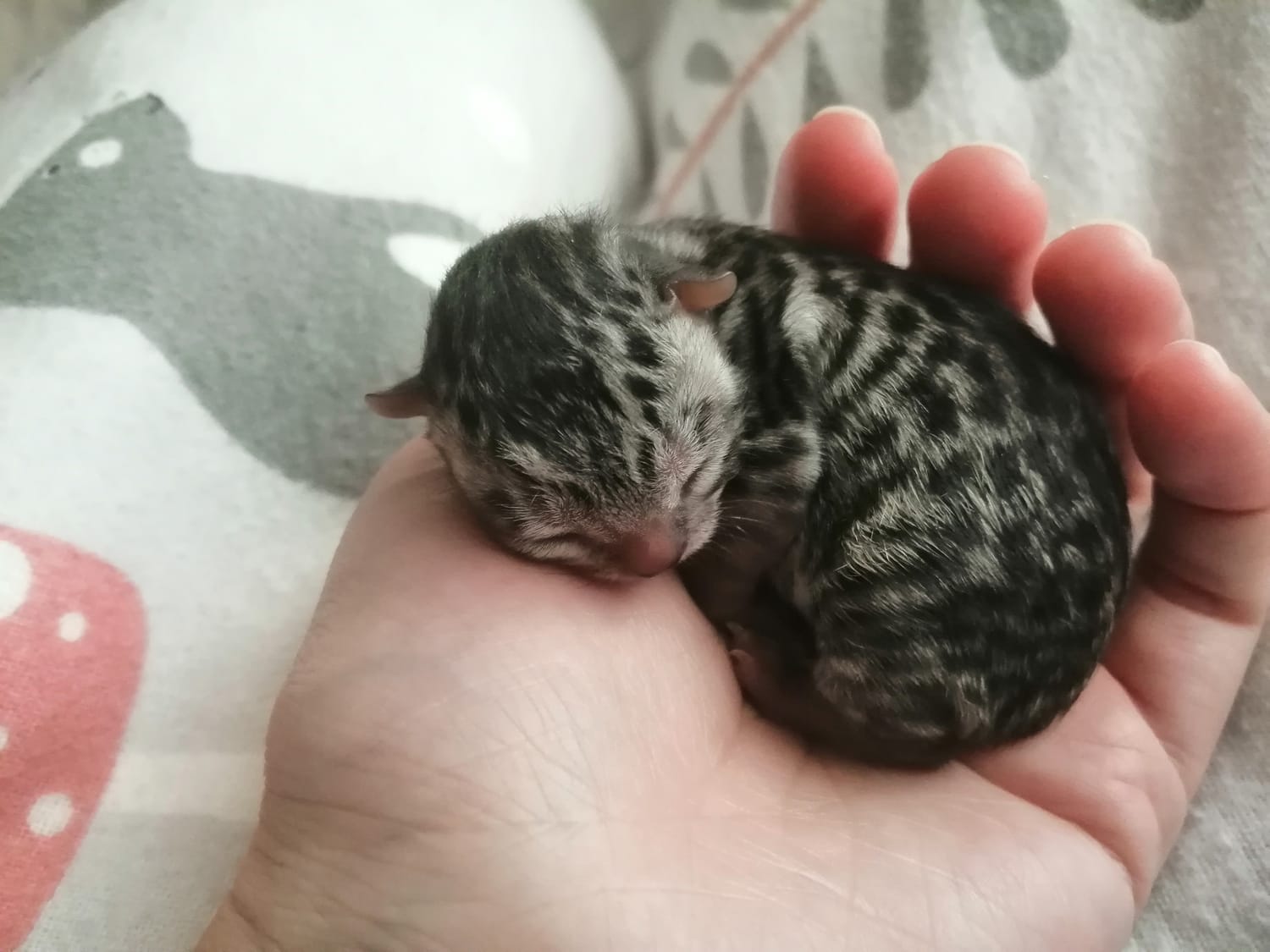
Pile up - Puppies and kittens that “pile up” are reducing the amount of body surface area exposed and are trying to stay warm.
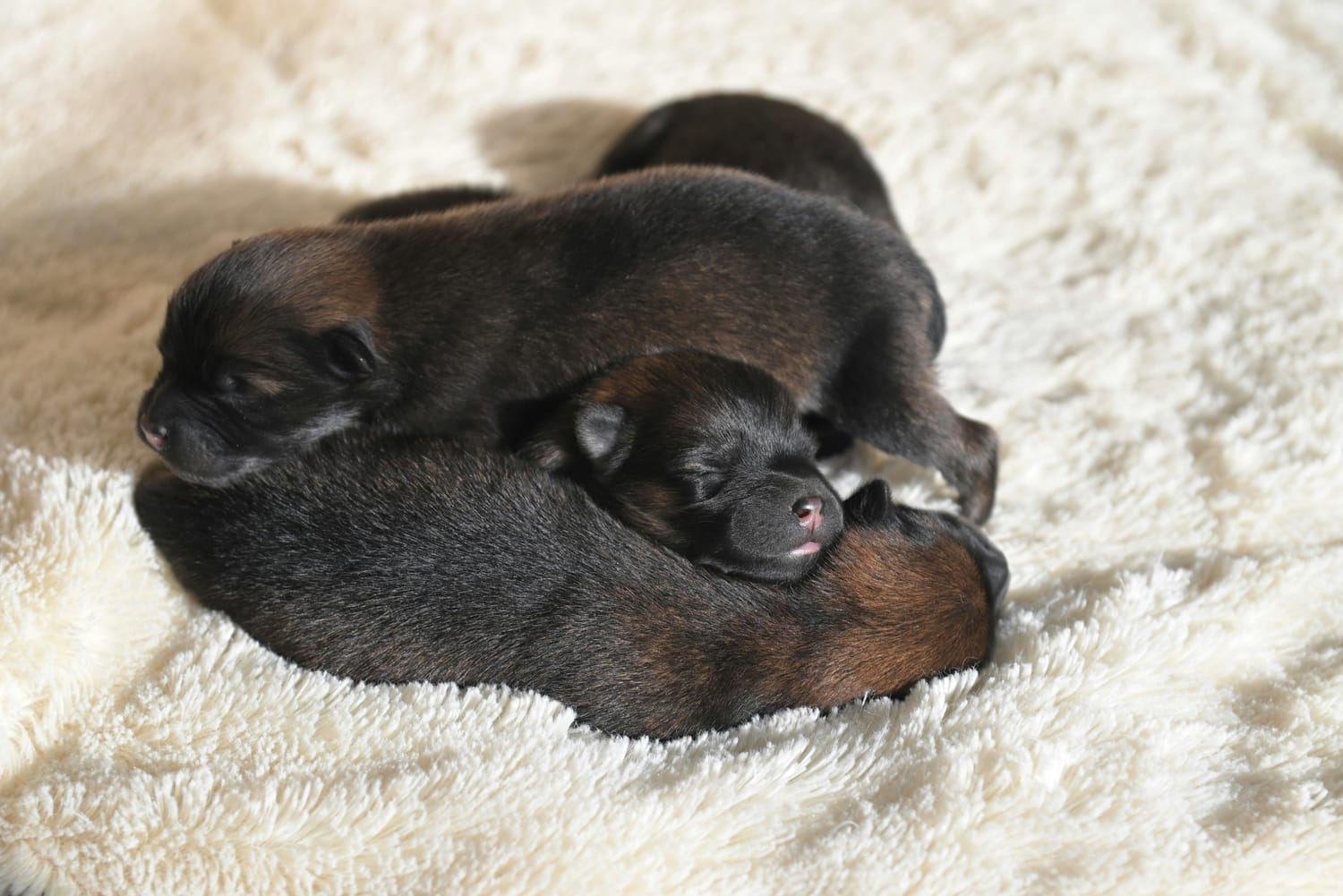
Laying out- Can “lay out” on their stomach, side, or back indicating normothermia.
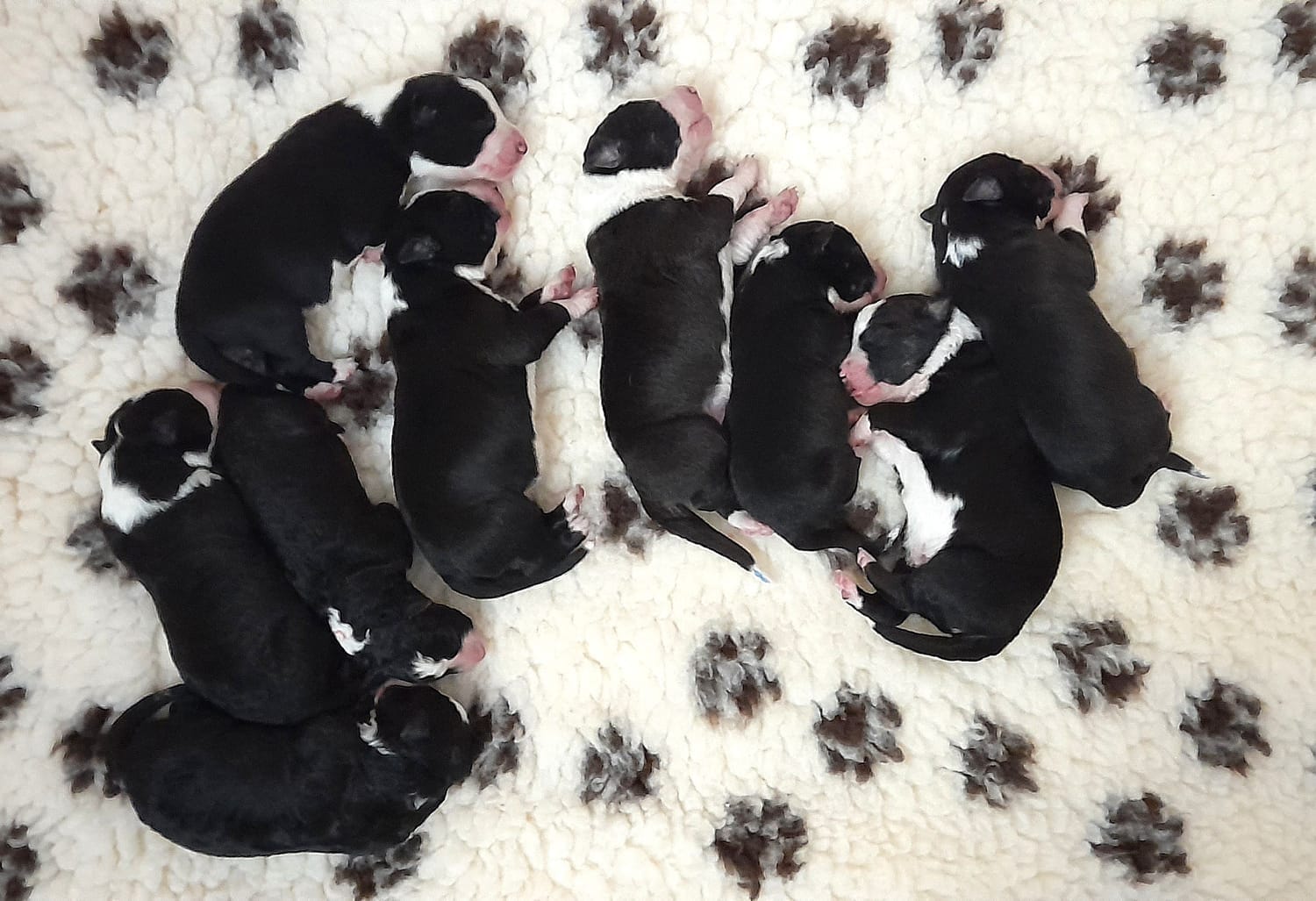
Lying on back - That's one happy pup/kitten! Relaxed, comfy and cosy, indicates normothermia.

Pink muzzle and paw pads (pale indicates hypothermia)
Muzzle and paw pads should not feel cold
NOTE- The positional indications are not reliable in unstable neonates. If you have a neonate that’s not doing well, they may lay out long or even lay on their backs. It could be because they’re too weak and they just don’t have the strength to move into another position.
For healthy neonates that are piling on the weight and doing great, these indications are a pretty safe bet. If not, it’s always best to revert back to actually checking their body temperature to establish what their temperature is. (it should be around 35.5-37.5°C)
Hopefully you now understand why setting environmental temperatures for neonatal puppies and kittens is more complex than placing a pizza in the oven and checking the cheat chart on the box (who checks those anyway?). Between observing tell-tale signs and assessing their temperature, you can tailor their environment using a thermostatically controlled incubator and be certain that you have a contented, warm puppy or kitten, safely in your capable hands.
Reference list
E. Peterson, M (2010). Small Animal Pediatrics: Life in the first 12 months, General Considerations, Hypothermia p18. Netherlands: Elsevier
L. Greer, M (2014). Canine Reproduction and Neonatology : A Practical Guide for Veterinarians, Veterinary Staff, and Breeders, Diagnostics for the sick neonate. p166. Orlando: Teton New Media




